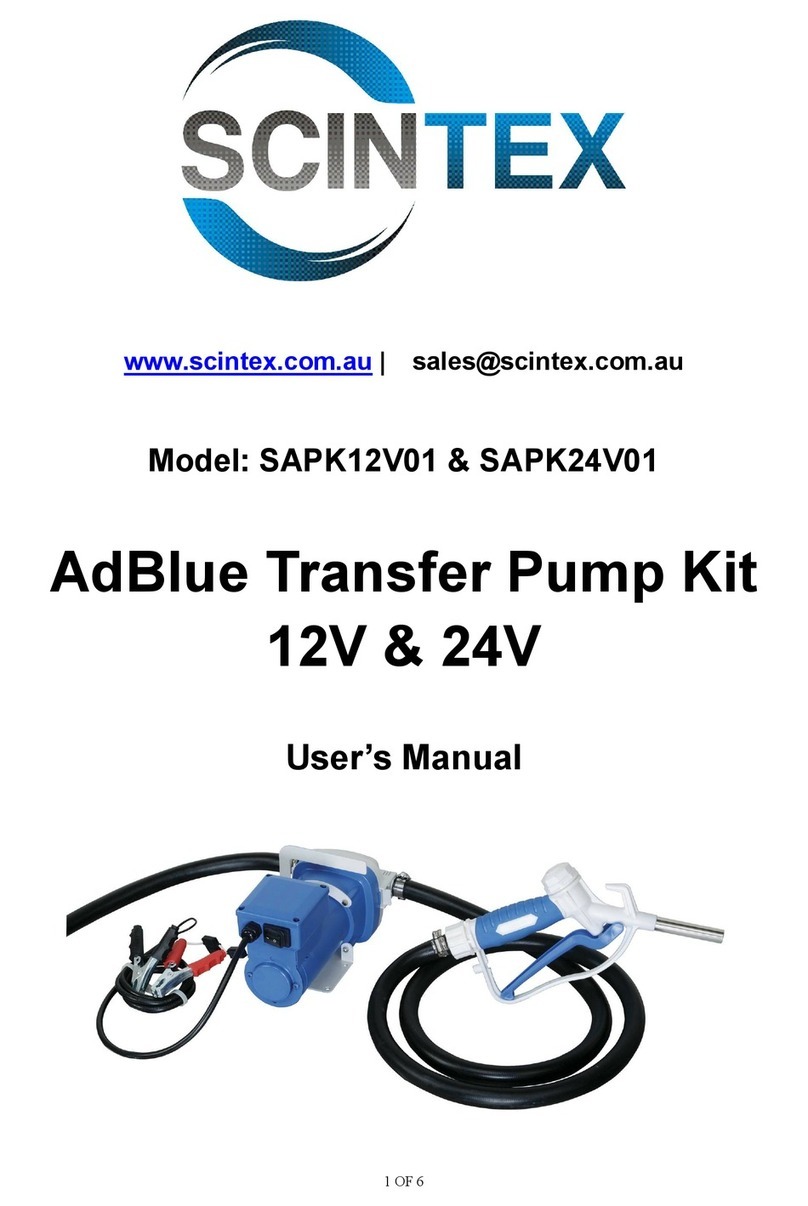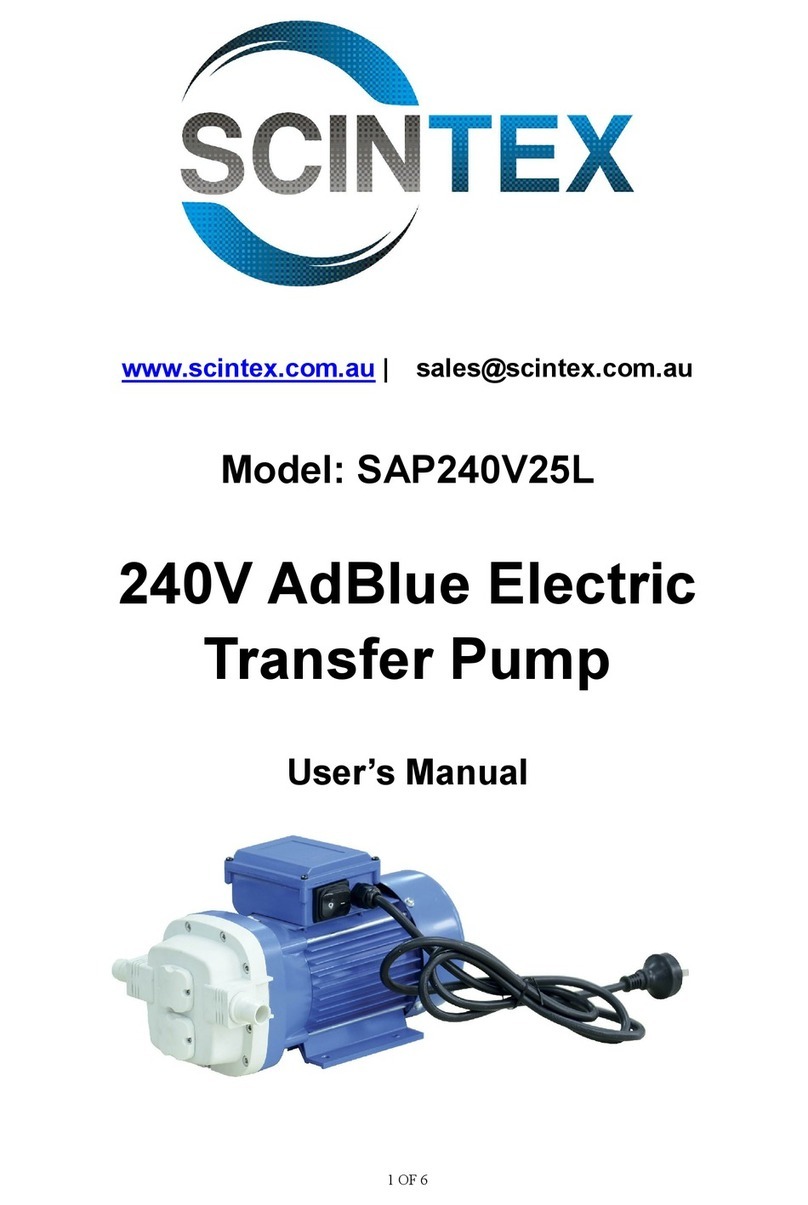
Whisper 30 integral, Modular Handbook
1.0 GENERAL THEORY OF OPERATION
1.1 REVERSE OSMOSIS THEORY
Reverse osmosis, like many other practical scientific methods, developed from processes first
observed in nature. Osmosis is a naturally occurring phenomenon in which a semi-permeable
membrane separates a pure and a concentrated solution (a semi-permeable membrane is defined as
one that preferentially passes a particular substance). Every fluid has an inherent potential that is
directly related to the type and amount of solids in solution. This potential, referred to as osmotic
pressure, increases in proportion to relative concentration of a solution. A concentrated solution,
therefore, has an osmotic pressure that is higher than that of a pure solution. In an osmotic system,
the less concentrated solution will attempt to equalize the concentrations of both solutions by
migrating across the semi-permeable membrane. When enough pure solution migrates across the
membrane such that the inherent potential difference between the solutions in no longer higher than
the osmotic pressure of the membrane, the purer solution will stop flowing. If the pressure on the
concentrated solution is increased to above the osmotic pressure, fluid flow will be reversed. This
condition, called Reverse Osmosis, can be established by artificially pressurizing the more
concentrated solution using a high pressure pump. In this type of system, the concentrated solution
(normally referred to as feed-water) will become more concentrated as pure water flows out of solution
and across the membrane to the permeate side. Discounting the effects of feed-water
temperature and salinity, the operating pressure normally required to produce
significant amounts of pure water is at least twice the osmotic pressure of the
membrane being used.
Figure 3.0 - Simple (Reverse) Osmosis Process
1.2 APPLICATION OF REVERSE OSMOSIS
Seawater contains many kinds of solids dissolved in solution. The most prevalent is common table salt
(Sodium- Chloride). Other minerals that may be present in solution are substances that usually contain
Various Compounds of Calcium and Sulfate. The sum of all of the solids dissolved in a particular
sample of water is referred to as Total Dissolved Solids or TDS. Seawater normally averages 32,000
ppm (parts per million) TDS although variations of 5000 ppm are common in various parts of the
world. The fundamental goal any desalination process is a significant reduction in the amount of
dissolved solids in water.




















